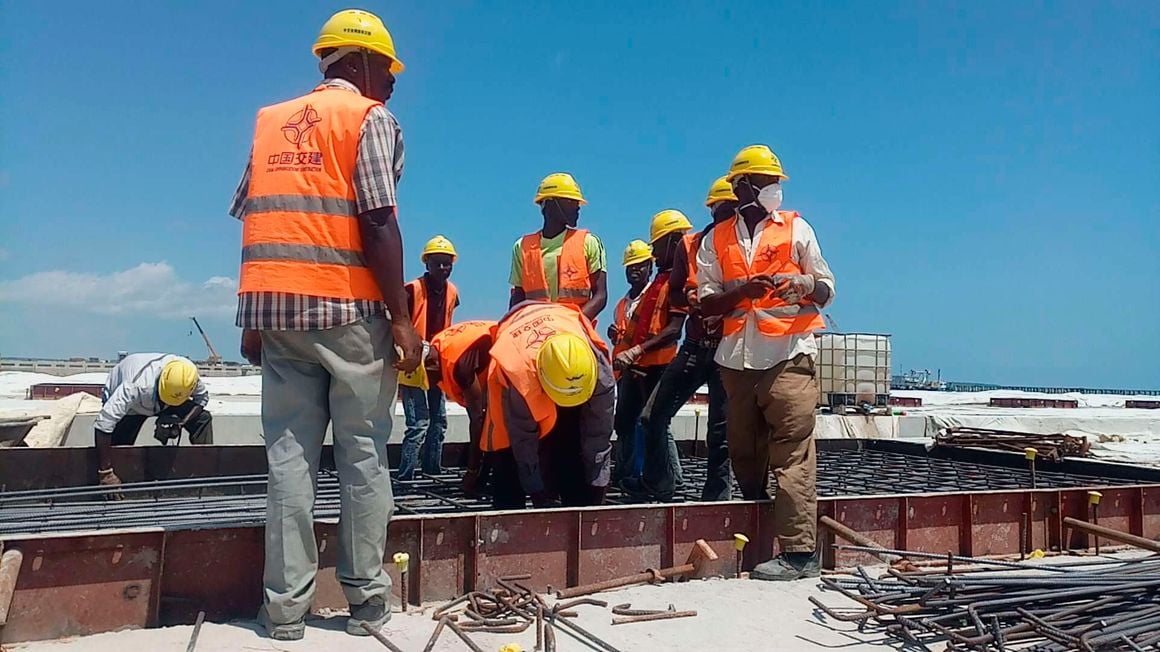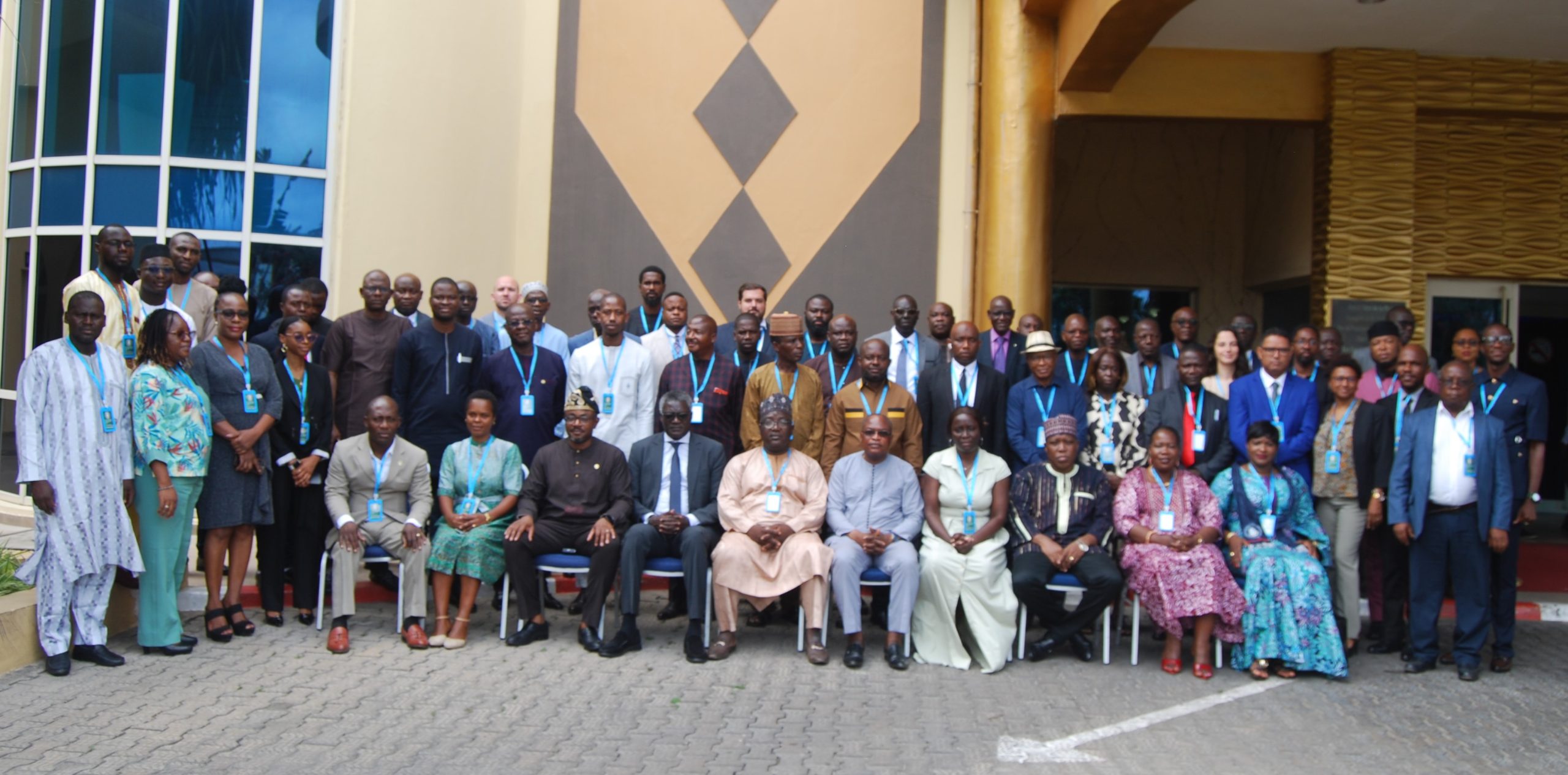A few weeks ago, while in India to undertake due diligence on a fintech firm we are interested in doing business with, I observed how things work to better understand what drives the economy. In an election year, it wasn’t difficult to discern the government’s key message: Over $400 billion spent in the past decade on direct cash benefits to 900 million people in low-income households. India has one of the largest cash transfer programmes with an annual handout of 6,000 rupees to over 110 million farmers. It does this through a social infrastructure, the ‘JAM Trinity’ linking bank accounts (Jan Dhan Yojana), biometric national identity cards (Aadhar cards) and mobile numbers. Benefits include pensions, subsidies and loans delivered via transfers to bank accounts linked to biometric national ID cards held by over a billion Indians—akin to linking Huduma cards with M-Pesa numbers for transparency. Financial Inclusion 101. Banking systems The greatest achievement of this trinity is the ability for fintechs to collaborate and integrate their technologies with core banking systems to enable financial access. Interoperability of these systems is regulated to enable eKYC, digital credit underwriting and customer data protection compliance. Watching the local origination teams going about their business is a sight to behold. Turnaround time reduction is real and a task that would take days takes minutes. It takes a couple of minutes for a credit decision to be made and a maximum of four days for the money to hit the bank account. Trust is a...
Adopt financial inclusion magic
Posted on: May 23, 2024
Posted on: May 23, 2024























